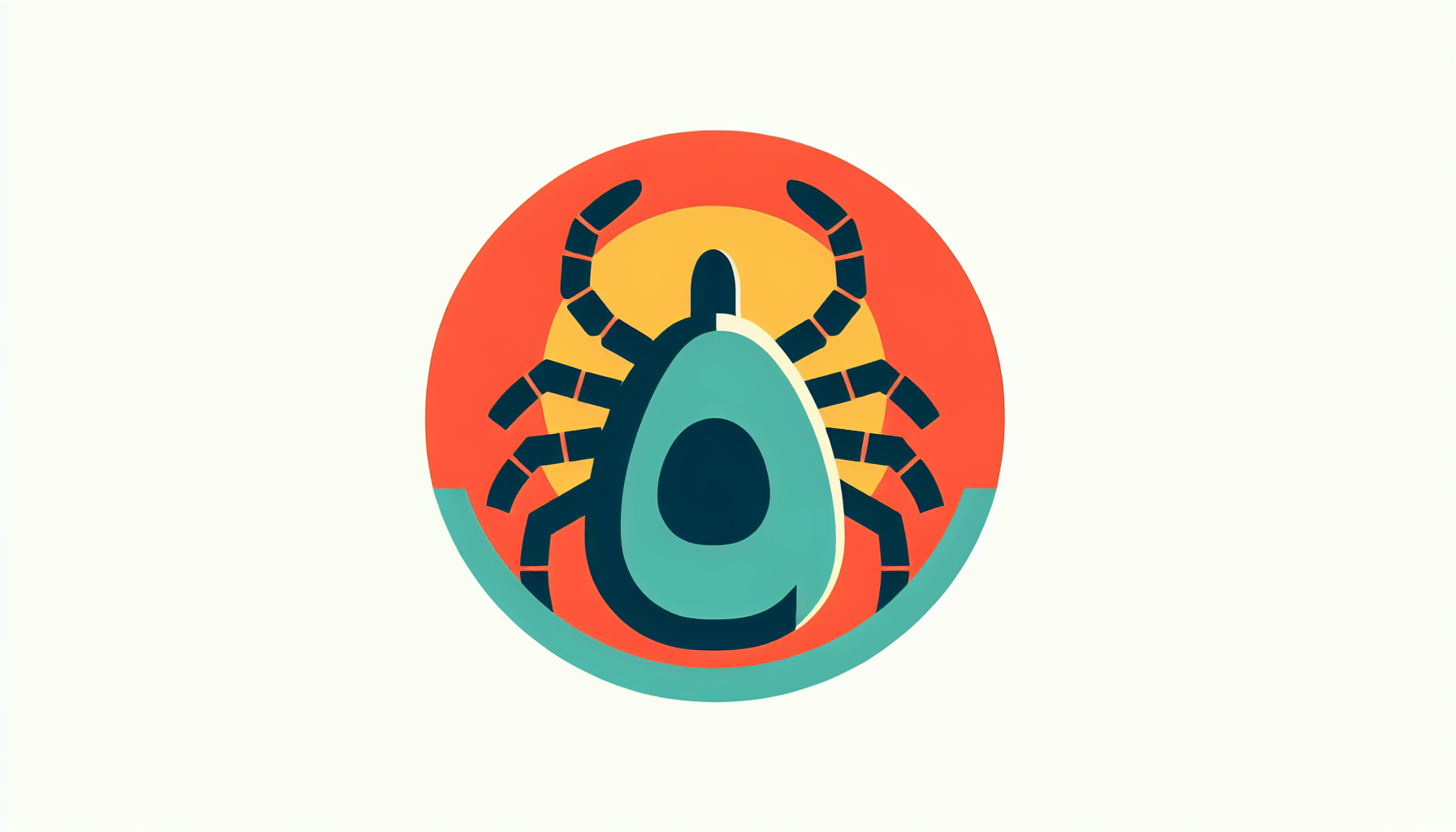Why Is My Nose Twitching?
Nose twitching is a curious and sometimes unsettling sensation that many people experience at some point. Whether it’s a brief spasm or a persistent twitch, the involuntary [...]
Read MoreTicks are small, eight-legged creatures related to spiders that feed on the blood of various animals, including humans. They are found in wooded areas, tall grasses, and even in your own backyard. While they may seem harmless, ticks are second only to mosquitoes in spreading diseases to humans. In this article, we'll explore the different types of ticks, the diseases they carry, and how to protect yourself from tick bites.
Several types of ticks are responsible for spreading illnesses to people across the United States:
American dog tick (wood tick)
Blacklegged tick (deer tick)
Brown dog tick
Gulf Coast tick
Lone star tick
Rocky Mountain wood tick
Western blacklegged tick
Ticks can transmit various bacteria, viruses, and parasites to humans, causing a range of illnesses. Some of the most common tick-borne diseases include:
Lyme disease: Caused by blacklegged ticks, Lyme disease can lead to a bulls-eye rash, flu-like symptoms, and severe complications if left untreated.
Rocky Mountain spotted fever (RMSF): Transmitted by American dog ticks, Rocky Mountain wood ticks, and brown dog ticks, RMSF causes fever, headache, and a rash that spreads from the wrists and ankles.
Anaplasmosis and ehrlichiosis: These bacterial infections are spread by blacklegged ticks and lone star ticks, respectively, causing flu-like symptoms and potentially severe complications.
Tularemia: Transmitted by dog ticks, wood ticks, and lone star ticks, tularemia causes fever and a painful sore at the bite site.
Other less common tick-borne diseases include babesiosis, Colorado tick fever, Heartland virus, Powassan virus, and tick-borne relapsing fever.

Anyone living in an area with ticks is at risk of being bitten, not just those who spend time outdoors. Most people with Lyme disease, for example, were bitten while doing everyday activities like gardening or playing in their own yards. Ticks can also hitch a ride on pets or mice and enter your home that way.
To reduce your risk of tick bites and the diseases they carry, follow these tips:
Wear long sleeves, long pants, and closed-toe shoes when in tick-prone areas
Use insect repellent containing DEET, picaridin, or oil of lemon eucalyptus
Check yourself, your children, and your pets for ticks after spending time outdoors
Remove any attached ticks promptly using tweezers
Keep your yard tidy by mowing the lawn, removing leaf litter, and clearing tall grasses and brush
If you suspect you have a tick-borne illness, seek medical attention promptly. Many of these diseases can be effectively treated with antibiotics, especially if caught early. By understanding the risks posed by ticks and taking steps to prevent bites, you can protect yourself and your loved ones from these hidden dangers.
For more information on ticks and tick-borne diseases, visit:
Nose twitching is a curious and sometimes unsettling sensation that many people experience at some point. Whether it’s a brief spasm or a persistent twitch, the involuntary [...]
Read MoreAn itchy sensation on the roof of the mouth can be uncomfortable and puzzling. This symptom can arise for various reasons, ranging from mild irritations to underlying health [...]
Read MoreUnderstanding your ovulation cycle can be a game-changer when trying to conceive or simply wanting to understand your body better. One of the most reliable tools to track [...]
Read More